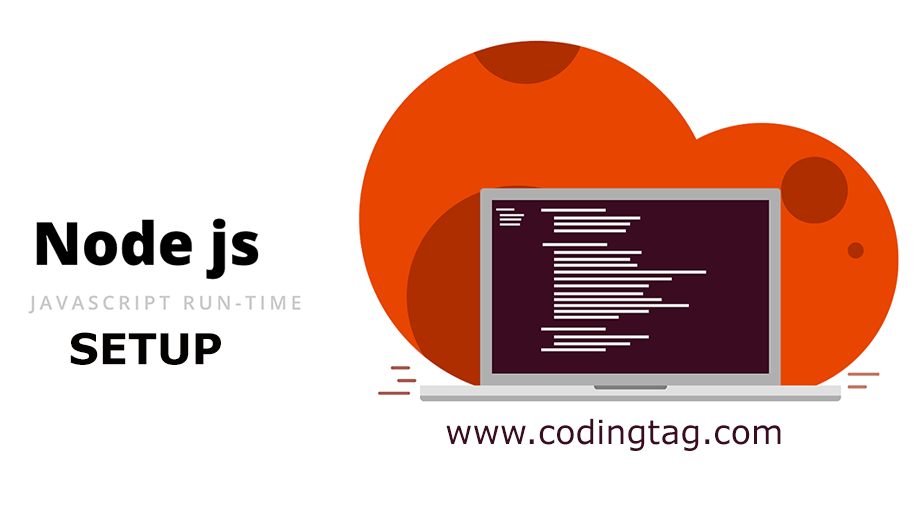Console in Node.js
0 110
In Node.js, the console module provides a simple way to output messages to the standard output and error streams. It's primarily used for debugging, logging, and displaying information during program execution. It offers a variety of methods beyond the commonly used console.log() to help developers track program flow and troubleshoot efficiently.
What is the Console Object?
The console object is a global utility in Node.js that provides methods to write output to the terminal. These methods are built into the Node.js runtime and are available without requiring any external module.
Commonly Used Console Methods
1. console.log()
Used to print standard messages or values to the console.
console.log("Server started on port 3000");2. console.error()
Used to print error messages. These are typically sent to stderr.
console.error("An unexpected error occurred");3. console.warn()
Displays warning messages, helping flag potential issues.
console.warn("This feature is deprecated");4. console.info()
Acts similar to console.log(), typically used for informative logs.
console.info("Connection established successfully");5. console.table()
Prints tabular data in a formatted table, especially useful for arrays and objects.
const users = [
{ name: "Alice", age: 25 },
{ name: "Bob", age: 30 }
];
console.table(users);
6. console.time() and console.timeEnd()
Used to measure the time taken by a block of code to execute.
console.time("dbQuery");
// Simulate query
setTimeout(() => {
console.timeEnd("dbQuery");
}, 1000);
7. console.assert()
Logs a message only when the given expression evaluates to false.
console.assert(5 > 10, "Assertion failed: 5 is not greater than 10");Why Use Console Methods in Node.js?
- Debugging: Quickly identify problems in your code.
- Monitoring: Track flow of execution and server responses.
- Development: Easily test data outputs without needing complex tools.
Differences Between console.log and console.error
While both display messages in the terminal, console.log() writes to stdout and console.error() writes to stderr. This distinction allows you to separate regular output from error messages when redirecting logs or debugging.
Conclusion
The console module in Node.js is more than just console.log(). It offers a collection of helpful methods that simplify logging, debugging, and performance tracking. Familiarizing yourself with these features can greatly enhance your development workflow and make it easier to pinpoint issues in your applications.
If you’re passionate about building a successful blogging website, check out this helpful guide at Coding Tag – How to Start a Successful Blog. It offers practical steps and expert tips to kickstart your blogging journey!
For dedicated UPSC exam preparation, we highly recommend visiting www.iasmania.com. It offers well-structured resources, current affairs, and subject-wise notes tailored specifically for aspirants. Start your journey today!

Share:




Comments
Waiting for your comments